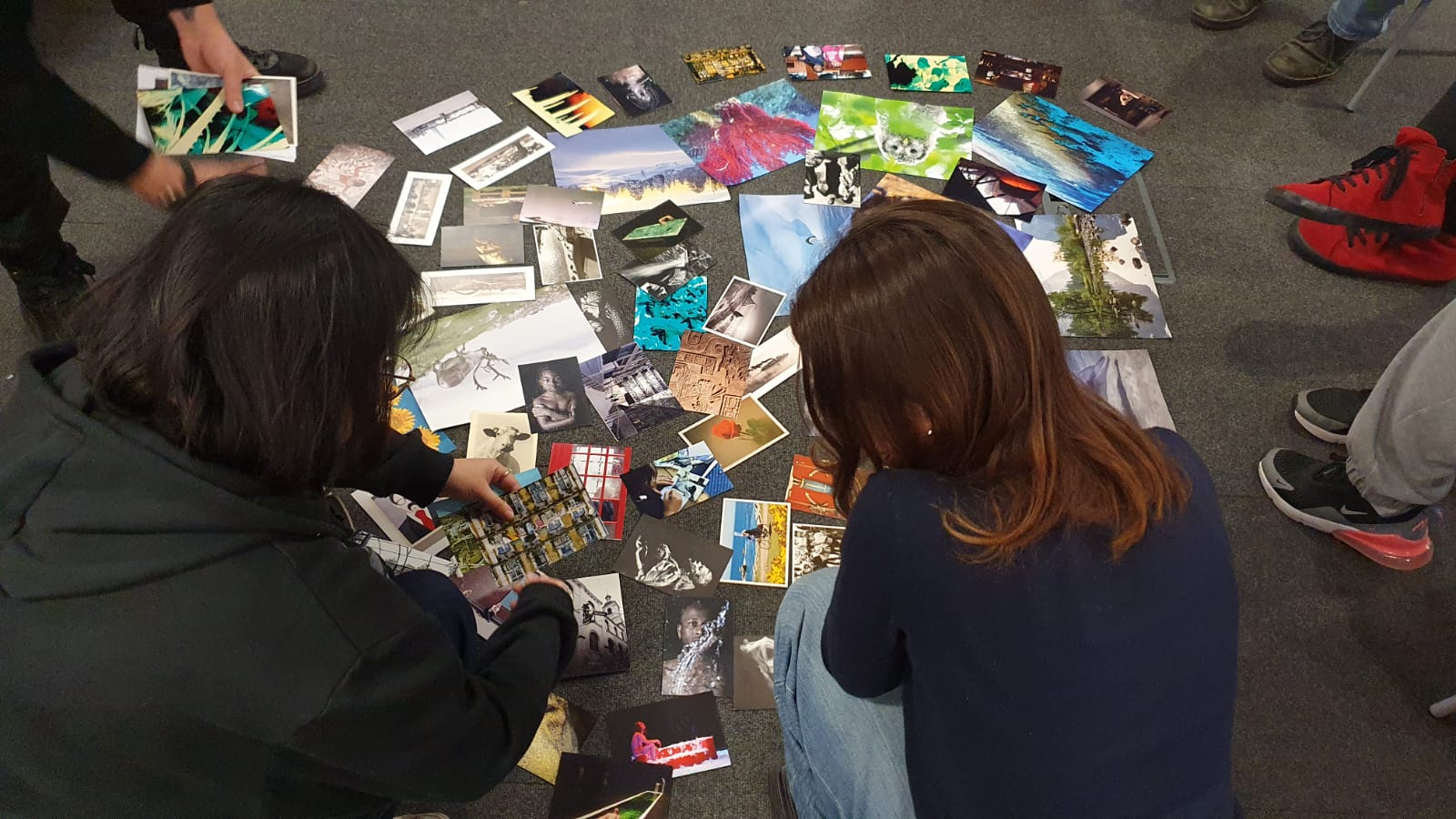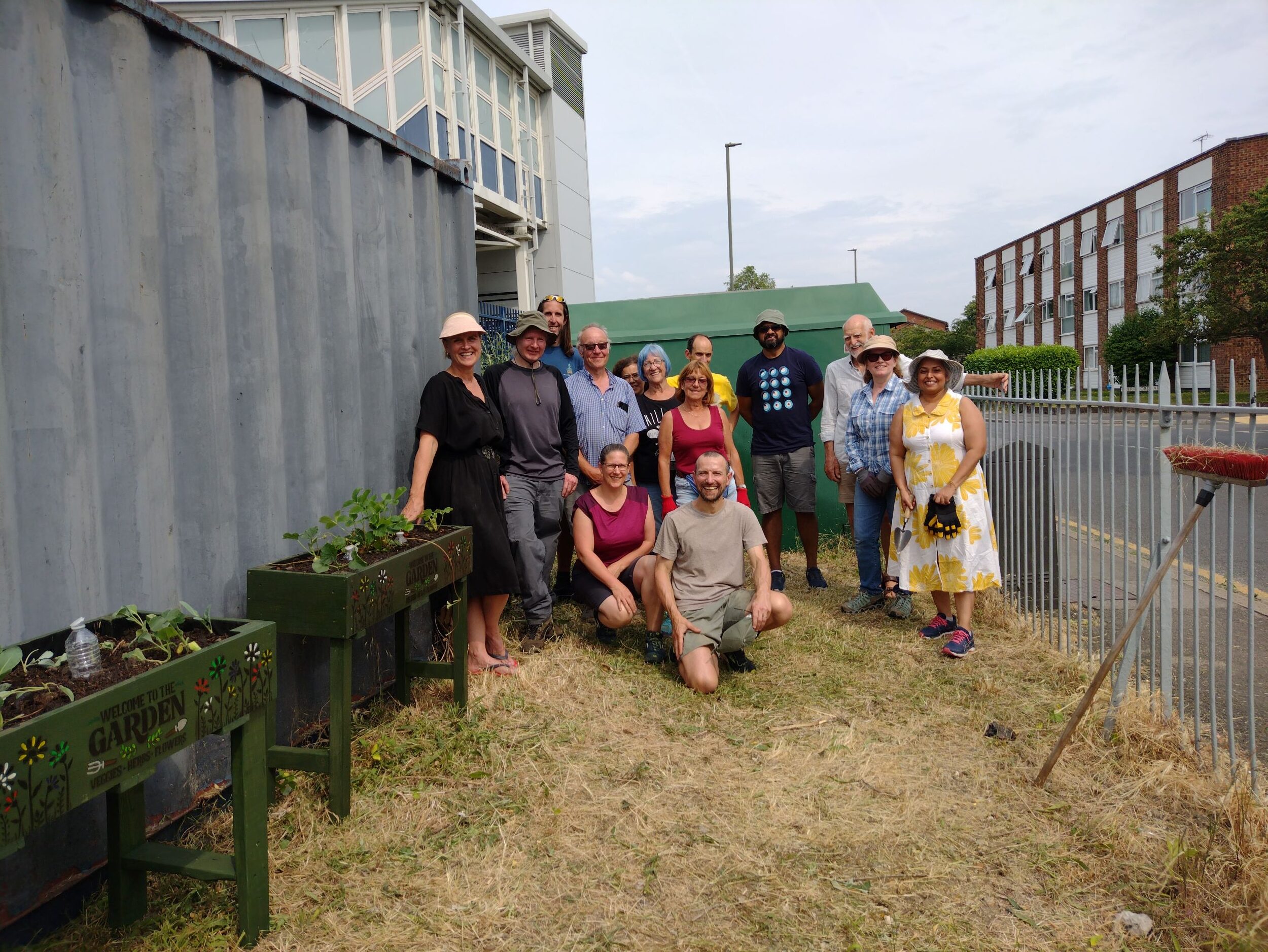Wetlands are areas of land that are saturated or flooded with water either permanently or seasonally. They include: inland wetlands such as marshes, lakes, rivers, floodplains, peatlands and swamps; coastal wetlands such as saltwater marshes, estuaries, mangroves, lagoons and coral reefs, and; human-made wetlands including fish ponds, rice paddies and salt pans.
Wetlands have traditionally received bad press, seen by many as a wasteland or places harbouring diseases such as malaria. Delving a bit deeper, however, we see that in fact they are critical ecosystems. Wetlands provide important functions including fresh water, irrigating and growing crops, reducing flood impact and storm surges, harbouring a rich biodiversity of animals and plants and sustaining millions of local livelihoods worldwide.
And these wetland functions don’t just happen in the locality of the wetland, but have much wider effects. For example, in Sri Lanka, Colombo’s wetlands are fundamental to the wellbeing of the 2.3 million people of the city, with 60% of households directly benefiting from wetland livelihoods and products, such as fish and rice, and 100% receiving indirect benefits from flood protection, climate cooling and pest regulation.
Unfortunately, many wetlands have already disappeared and their loss and degradation continues today. Land use change, especially increased agriculture and grazing, water diversion through dams, dykes and canalisation, and infrastructural development are some of the main causes.
The Convention on Wetlands of International Importance, more commonly known as the Ramsar Convention, is an international agreement promoting the conservation and wise use of wetlands. It is the only global treaty to focus on a single ecosystem. The next big meeting of the Convention, COP15 in Victoria Falls, Zimbabwe, will be between the 23rd and 31st July 2025, and we aim to be there, fighting for the rights of wetlands!



